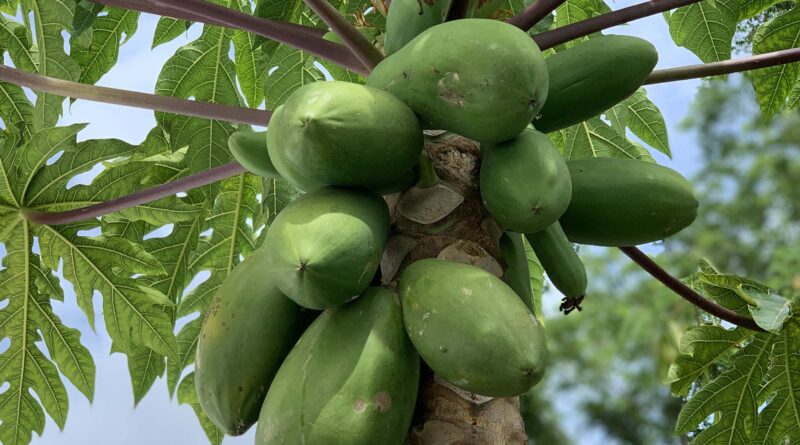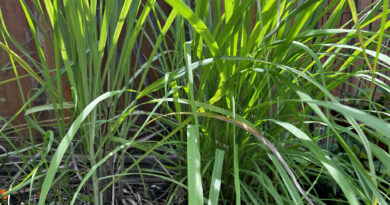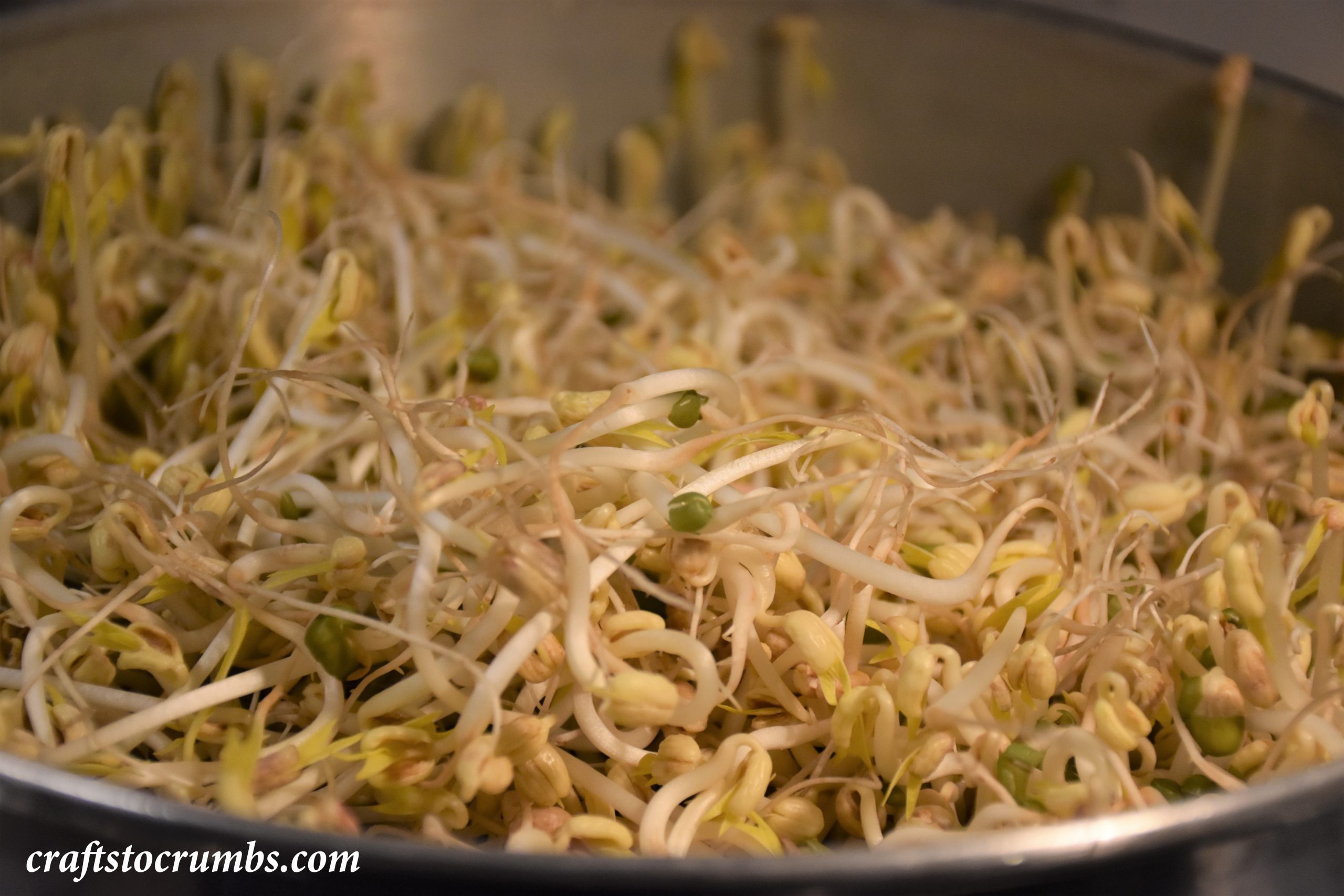Growing Papayas From Seeds
Papaya plants are a must in a Lao garden. Green papayas are great for salads and accompaniments, while ripe papayas as sweet and enjoyed as is. I usually have a few trees in my yard even when they don’t produce fruit. The humming birds love their blossoms too! When you get fruit, you feel like a garden guru. If I lived further south, I’d start grove or two.
Growing
Papaya plants grow well in the south, in a frost-free environment. Here in north Florida, it can still be a struggle, but as long as we cover and protect our papaya trees in the winter, they might survive another year. They are not freeze tolerant. They like lots of sunshine and good, rich soil. Younger trees don’t like wet roots, so well drained soil would be best.
Gender
There are three types of papaya trees. They can be female, male or hermaphroditic or bisexual trees. You can tell them apart by their flowers. The male plants have smaller/thinner, tubular, yellowish flowers, whereas the female trees have large rounder blossoms. The bisexual plants are somewhere in between. I sometimes joke about the female blossoms having the child bearing curves.
It’s a good idea to start a few seeds and have a few papaya plants to increase your chances of getting a female or hermaphroditic plant to produce fruit. This is also why I don’t by that one single papaya plant from the nursery. (Aside from it costing $25 for one plant!)
Propagation

They are typically propagated by seeds and you don’t find seeds in the seed packets. You can find the seeds in the produce section inside the papayas. From a ripe papaya fruit collect the dark seeds. Rinse them and squeeze the liquid sacs. Dry on a paper towel not in direct sunlight. I usually have mine in the warm garage or the corner of my kitchen somewhere. Let it dry for about a week or so. It may take longer depending on the seeds and conditions of where you have the seeds. The dried seeds can be stored in a dry place for years. The seeds that I started in the video were from two years ago.
Papayas can also be propagated by air-layering. My mom has a really productive female tree. She and her friends have wrapped mud around its branches until the branch form roots. The branch with the new roots is cut off and a new plant is born. The best part is it takes on the gender and characteristics of the parent tree.
Distressing the Plant

You may have seen around social media; people have shared that distressing a papaya plant by slashing its trunk could cause a papaya plant to push blooms, fruit and be more productive. And this seems to work!
Well, I have another trick to try. Mom tells me every time that we plant a papaya plant, we can increase our chances of getting a female or bisexual tree by clipping a little bit of the root and causing that extra distress (because we all know transplanting is already distressing enough.)
According to the IFAS extension of the University of Florida, papaya plants can display more female or male characteristics based on the surrounding conditions and climate. So maybe mom is onto something. Most of the papaya plants that she has planted seem to very fruitful.
Let’s test it!

I would love to see what results we can get from this, but I am limited in space in my yard. Friends, if you give this a try, let me know how it works out for you! I will note the results!
You’ll need smaller saplings, only a few inches tall. This trick will not work on bigger plants as you would have to take off more roots. Clip a small amount of the root when transplanting it. That’s it. Water and take care of your plant as usual.
Check back in a few months and let me know your results!
Discover more from Crafts to Crumbs
Subscribe to get the latest posts sent to your email.



